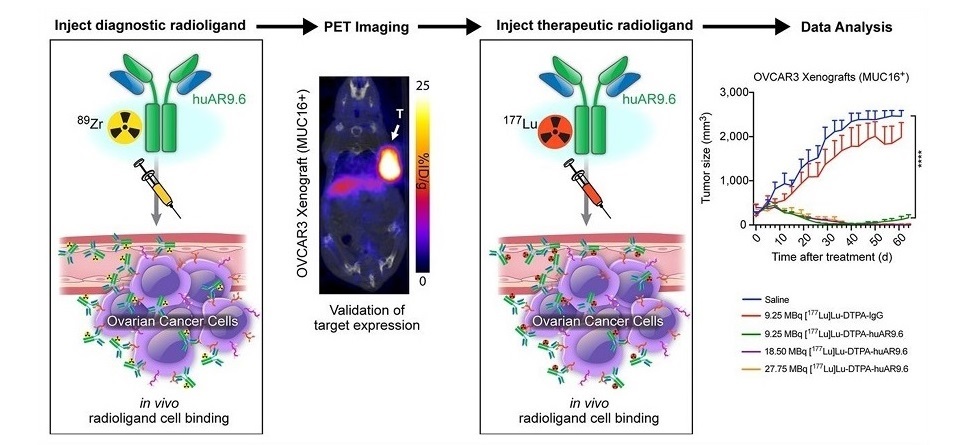PET Imaging Used to Monitor Beta Cell Status in Type 1 Diabetes
By MedImaging International staff writers
Posted on 02 Jul 2014
Type 1 diabetes (T1D) is a disorder that involves the progressive loss of insulin-producing beta cells, but calculating that loss has continued to mystify researchers, at least until the present. Swedish researchers are now using a radiotracer or marker and positron emission tomography (PET) scanning as a noninvasive technique to track changes in how many active beta cells are contained in an individual. Posted on 02 Jul 2014
Dr. Olle Korsgren and his colleagues at the University of Uppsala (Sweden) used the imaging technology in a clinical study of 10 individuals with T1D and nine without the disease to compare the amount of beta cells in each group. They discovered that the amount or volume of active beta cells was substantially lower in the group with T1D compared to those without T1D, and the reduction was close to what researchers predicted given a loss of the majority of beta cells in the pancreas in T1D. In another study of people with type 2 diabetes, the researchers were able to use the technique to identify a progressive loss of the amount of beta cells in one person imaged repeatedly over a two-year period.
The PET imaging technique is based on recently discovered biologic processes that occur in the beta cell. One specific process in the beta cell causes the cells to take up a typically used imaging radiotracer given at the start of the procedure. The amount of the tracer that is deposited in the pancreas mostly depends on how many beta cells are alive and active. The PET scan can then detect the amount of radiotracer in the pancreas as an approximate measure of the overall amount or volume of beta cells present. The procedure takes only a few hours to complete.
This imaging technique will most likely have no role in diagnosing T1D because of the large variability of the number of beta cells among people with T1D and even among those without T1D. However, it could become a major approach for tracking the loss of beta cells in a person at risk of T1D and as a faster and more precise way to evaluate the benefit of novel beta cell survival and regeneration therapies. More human validation studies of this technique are needed before it can be used routinely.
Related Links:
University of Uppsala














